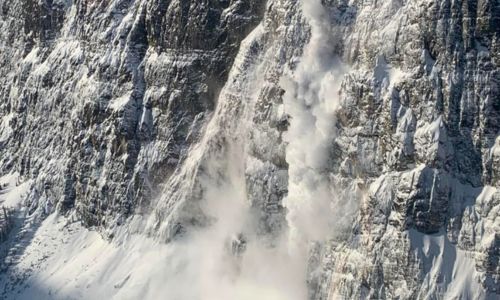Winter can be an incredible time to explore our province, but it’s a lot different from summer recreation. Here are a few tips to help you stay safe on your winter adventures.
Before You Go
- Check local weather reports. Plan accordingly and take extra clothing in case of unexpected changes in conditions.
- Check Alberta Parks Advisories for relevant advisories and trail reports.
- Check avalanche.ca for current avalanche conditions.
- Leave an itinerary with a trusted contact that states where you’re going and when you’ll return.
- Our Visitor Information Centres are open for information, washroom use and takeaway food service (where available). Gathering and loitering is not permitted.
Ice Safety
- It is extremely important to check ice conditions and ensure there’s no open water before walking on ice. Hazardous and thin sections can exist at any time during winter.
- According to the Lifesaving Society Water Smart Tips, ice should be at least 20 centimetres thick for group activities.
Avalanche Safety
- All backcountry users have a responsibility to educate themselves on avalanche terrain, avalanche safety equipment and companion rescue. Every person needs a transceiver, shovel & probe and know how to rescue each other should the need arise.
- Avalanches are more likely when there has been heavy snowfall, wind, or warming temperatures.
- Many typical summer hikes are in avalanche terrain. Always research your trail so you can make educated decisions and be prepared before you go.
- Learn more about avalanche safety and always check for reports before you head out at avalance.ca.
- Kananaskis Country Avalanche Terrain Exposure Scale (ATES)

Additional Tips:
- Be prepared to not have cell service, especially in the mountains. If you are relying on your cellphone - start the day with a charged battery and preserve it by keeping the phone warm and saving the social media for after the trip.
- Plan your trip around the sun for warmth and daylight.
- Snowpack can hide the trail. Pay attention and know how to use a map.
- Dehydration expedites the onset of hypothermia, so stay hydrated.
- Wear layers and bring appropriate footwear like crampons or microspikes.
- Carry the 10 essentials.
- Dress for the weather with this guide from the University of Alberta.
